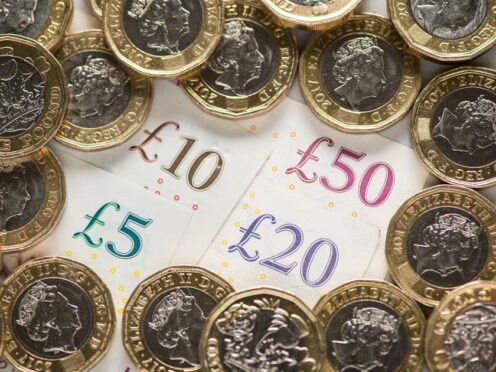
Scotland’s private sector has seen the strongest output since mid-2023, according to the latest analysis from the Royal Bank of Scotland.
Monthly analysis from the bank revealed a further rise in output across the Scottish private sector midway through the first quarter of 2024.
While below the UK-wide average, the headline Scotland Business Activity Index – a seasonally adjusted index that measures the month-on-month change in the combined output of the region’s manufacturing and service sectors – rose to 52.1 in February from 51.7 in January, to signal the strongest expansion in private sector output since June 2023.
But growth in output was concentrated in the service sector.
A softer contraction in manufacturing output meant that the downward pressure on overall performance eased somewhat.
Additionally, the employment picture again strengthened in February with both manufacturing and services recording growth in staffing levels and job creation at a nine-month high.
A fresh and modest rise in new business was recorded across Scotland during February, thereby ending a seven-month run of contraction.
The latest upturn was solely driven by a stronger uptick in new business received at service providers, amid reports of a growing client base, new contract wins, increased advertising and commencing of new projects.
Meanwhile, goods producers signalled a further sharp contraction in factory orders.
The rate of growth in new business across Scotland was slightly weaker than the UK average.
Business sentiment for the year-ahead outlook for Scottish private sector activity strengthened to an 11-month high in February.
According to anecdotal evidence, planned investment and advertising, as well as hopes of improvement in economic conditions, underpinned expectations.
However, confidence across Scotland was the second-weakest of the 12 monitored UK nations and regions, with only the North East recording weaker sentiment in February.
Moreover, the rate of growth in workforce numbers across Scotland outpaced every other nation and region in February.
Private sector companies across Scotland worked through their backlogs during February.
The downturn was concentrated at the manufacturing sector, with firms blaming another decline in new orders.
Input prices continued to increase across Scotland during February.
While easing slightly since January, the rate of input price inflation was still sharp and above the long-run trend.
Anecdotal evidence noted higher wages, hikes in supplier prices and the cost-of-living crisis.
That said, the upward pressure on costs across Scotland was weaker than that seen at the UK level.
In line with the trend for input costs, average prices levied for goods and services across Scotland also rose at a softer pace during February.
The rate of inflation was still sharp and above the historical average, but slower than the UK trend for the first time in three months.
Judith Cruickshank, chairwoman, One Bank Scotland Board, Royal Bank of Scotland, said: “February numbers for Scotland signalled solid gains across the private sector.
“The fresh growth seen at the start of the year was sustained and even strengthened, as the downward pressure from the manufacturing sector dissipated slightly, and growth across the service sector was maintained.
“However, the latest expansion across the Scottish private sector was heavily reliant on the service sector, while goods producers failed to perform under the weight of a worsening demand climate.
“That said, the recent expansion in employment across both the sub-sectors alludes to more balanced growth in the coming months.”

Enjoy the convenience of having The Sunday Post delivered as a digital ePaper straight to your smartphone, tablet or computer.
Subscribe for only £5.49 a month and enjoy all the benefits of the printed paper as a digital replica.
Subscribe